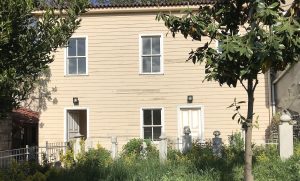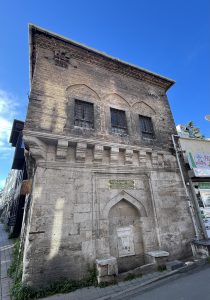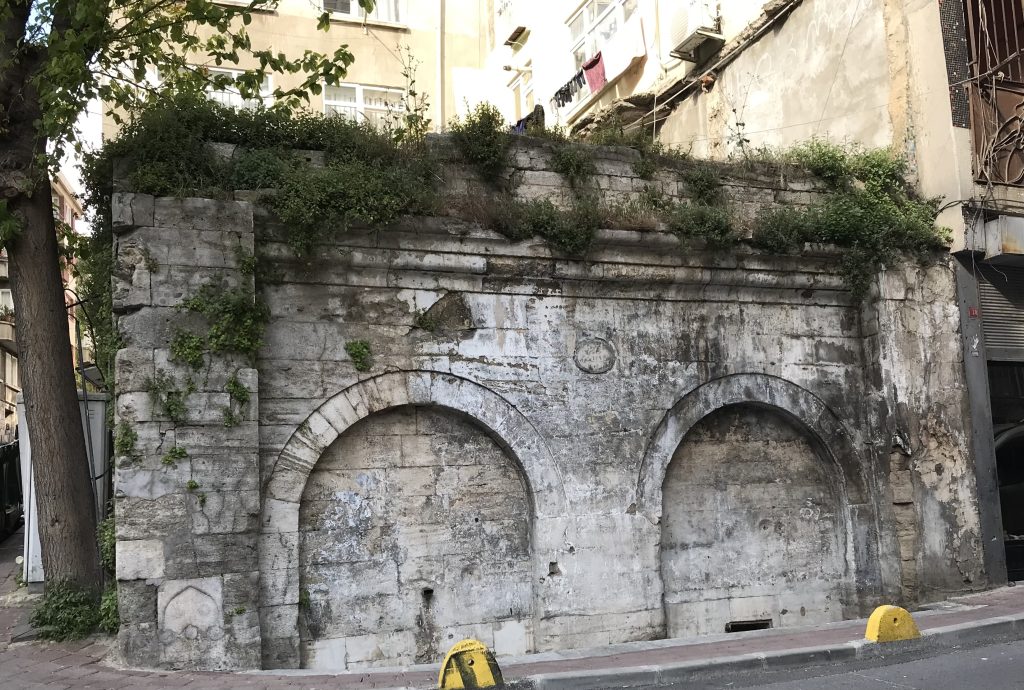Horhor is the name of a street connecting Aksaray to Saraçhane in Fatih and is best known for the a block housing nothing but antiques shops. This is sometimes described as a “flea market” but it’s really only worth coming here if you are expecting to pay antique prices.

The antiques aside, Horhor Caddesi does have a few other historic monuments worth seeing. Find the start of the street in busy Aksaray by first pinpointing the rebuilt Horhor (Hindiler) Tekkesi with its fountain and small graveyard, and then heading north. The tekke itself was originally commissioned by Mehmet II in 1453 although it has been much rebuilt over the centuries. It was here that sufis from India could stay when, for example, travelling for the Haj pilgrimage. If you can read Osmanlı you will be able to read the names of the towns and their identity as “Hindi” on some of the gravestones. According to Nihal Khan of the Maktab Academy, 900 delegates from the Indian ruler Tipu Sultan visited Constantinople in 1786 seeking permission from the sultan to use the port at Basra. But plague was raging in the city and many died and were buried here, including Muhammad Imam Sardar whose grave can be identified by the strange Indian headgear on top of it.
Walking up Horhor Caddesi you will pass the battered Horhor Çeşmesi, the sound of whose water is said by some to account for the Horhor name, on the right. Then you come to a small brick-and-stone building on the left that was the Elhac Süleyman Halife Sibyan Mektebi (primary school). There is a star of David above one of the windows which might suggest a Jewish link. Or it could be a seal of Solomon.
Facing it across the road is the grand Abdüllatif Suphi Paşa Konaği designed by an Italian architect in the mid-19th century for an Ottoman statesman. Later his son allowed it be used as a base for the Turk Ocağı organisation. Then it rotated through a pretty predictable series of alternative uses before finally winding up, derelict, in the hands of İstanbul University. The Haydarhame Cami beside it was rebuilt in the 2020s on the site of a 15th-century original. Ottoman gravestones have been re-erected in the small graveyard beside it.
Travel info
To get to Aksaray, take the T1 tram. You can then walk across Aksaray Square to find Horhor Caddesi.
Nearby areas



